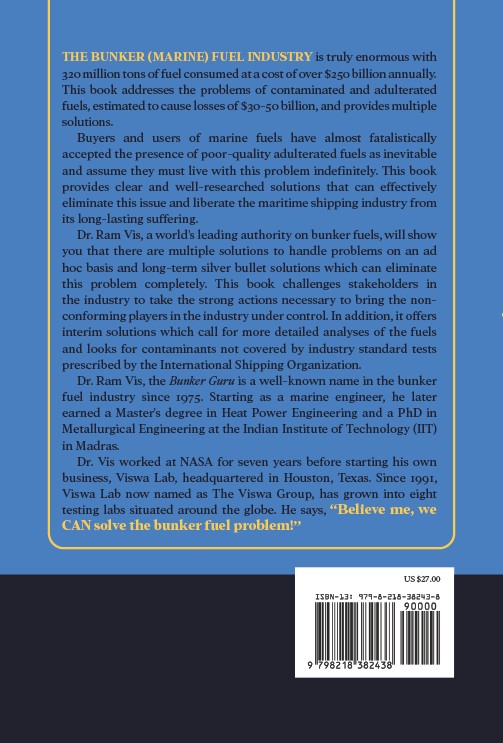
- Geopolitical tensions disrupt global shipping, affecting trade routes, freight rates, and market stability.
- Tankers benefit from longer distances, while bulkers see moderate gains; container rates may decline due to fleet expansion.
- US tariffs, China’s fragile economy, and inflation risks add uncertainty to global trade and shipping demand.
- Shipping companies must adapt by optimizing fleets, adjusting routes, and preparing for regulatory changes.
The global shipping sector faces ongoing disruptions due to geopolitical tensions in the Middle East, forcing vessels to take alternative routes. The rerouting of ships has led to market fluctuations, where an abrupt resolution could pose risks, while an extended period of uncertainty might offer economic advantages. Sanctions and potential escalations further complicate the industry’s outlook, adding layers of unpredictability to global trade, according to Vessels Value.
Additionally, the uncertainty surrounding proposed US tariffs and potential retaliatory measures could impact international trade flows, driving inflationary pressures. Meanwhile, China’s fragile economic recovery remains a crucial factor, as its export-driven economy faces risks from trade tensions. In this volatile environment, each shipping segment—Tankers, Bulkers, Containers, and Gas—responds differently, shaping market expectations in the years ahead.
Tankers: Volatility and Market Drivers
The tanker market continues to experience fluctuating rates, heavily influenced by oil price dynamics, the volume of sanctioned crude, and ongoing developments in the Red Sea. OPEC+ production decisions and compliance among member nations also play a critical role in shaping demand.
While Russian crude exports may see a decline, alternative oil supplies from the Middle East, the US, and Latin America sustain ton-mile demand, supporting tanker rates. A key driver of the current tanker market strength is the extended shipping distances required to navigate geopolitical challenges, rather than volume growth alone. However, future market performance will hinge on China’s oil import activity and overall economic stability.
Despite a significant increase in tanker orders in 2024, the pace of new orders has slowed in 2025. Although new building prices have stabilized, they remain historically high. The market remains susceptible to potential downturns if geopolitical tensions ease unexpectedly.
Bulkers: Supply Growth and Trade Routes
The bulker market remains in a delicate balance, with supply growth remaining relatively low due to minimal new orders in recent years. However, 2025 may see a temporary market softening as supply outpaces demand.
China’s robust mineral imports in 2024, particularly in iron ore, coal, and bauxite, supported the market despite weak domestic demand. While declining interest rates in the US and EU could stimulate economic growth and drive demand for bulk commodities, structural challenges within China’s economy pose a risk.
Although the bulker segment has been less affected by Red Sea disruptions than other shipping categories, many vessels have opted for longer routes around the Cape of Good Hope. This shift has led to a moderate increase in ton-miles, positively influencing freight rates.
Containers: Demand Shifts and Fleet Expansion
The container shipping market has witnessed substantial growth in TEU-mile demand, largely due to increased volumes and extended sailing distances caused by Red Sea rerouting. While 2024 saw strong demand, projections for 2025-2028 suggest a stabilization, with average annual demand growth expected to remain flat.
Freight rates, which have benefited from increased transit distances and sailing speeds, are projected to decline as new vessels enter the market. Despite this, macroeconomic improvements and interest rate cuts may drive demand recovery toward the latter part of the forecast period.
Fleet expansion continues at a rapid pace, with net fleet growth expected to average 8.2% between 2025 and 2028. A shift in vessel preference has emerged, with Ultra-Large Container Vessels (ULCVs) gaining favor over New-Panamax ships, particularly for Asia-Europe routes, which remain the most affected by geopolitical disruptions.
Although scrapping activity has been minimal in recent years, an increase is anticipated to balance the growing fleet size.
Gas: Expanding LPG Supply and Demand Dynamics
The liquefied petroleum gas (LPG) market is projected to experience steady production growth, particularly in the US, where output increased by 5.9% in 2024 and is expected to rise by another 5.4% in 2025. Meanwhile, Middle Eastern LPG exports have remained strong despite oil production cuts, though a slight reduction is anticipated in the coming year.
Fleet expansion for Very Large Gas Carriers (VLGCs) and Very Large Ammonia Carriers (VLACs) has been significant, with net fleet growth reaching 10.9% in 2024. Future annual growth is expected to average 7.5%.
The Asia-Pacific region continues to drive global LPG demand, with China significantly increasing imports from the US by 37% in 2024, boosting overall CBM-mile demand. However, inefficiencies among smaller LPG vessels are likely to rise due to more frequent extreme weather conditions. Overcapacity remains a pressing issue, particularly for the petrochemical sector, which has yet to show signs of a strong recovery.
Looking Ahead: Market Resilience Amid Uncertainty
The global shipping industry is navigating an increasingly complex environment shaped by geopolitical tensions, economic fluctuations, and evolving trade policies. While the market outlook varies across segments, resilience and adaptability will be critical in managing ongoing disruptions. Strategic decisions regarding fleet expansion, routing efficiency, and fuel choices will play a pivotal role in determining long-term success in this ever-evolving landscape.
Did you subscribe to our daily Newsletter?
It’s Free Click here to Subscribe!
Source: VesselsValue






















